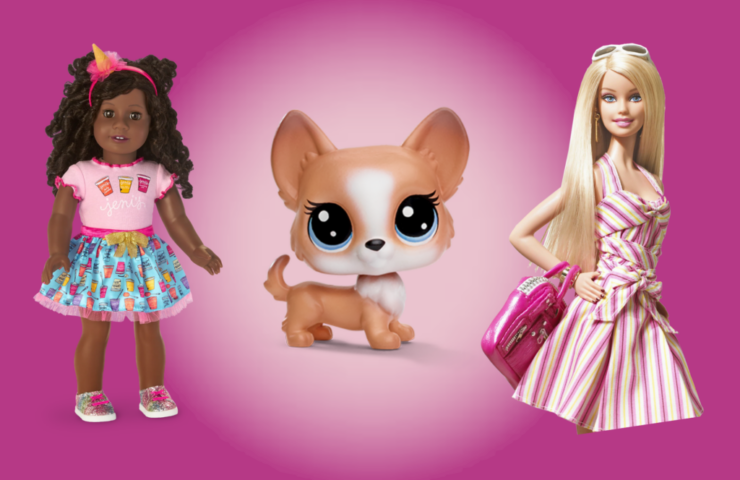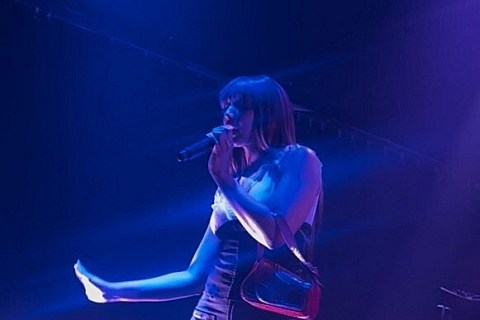Avoiding spoilers for Greta Gerwig’s new directorial addition, “Barbie,” has proven to be a rather difficult feat. As someone yet to see the film (I write this a day before actually going, with my pre-bought tickets collecting dust in the email inbox), I’ve done everything possible to dodge unwanted information about the film’s plot.
What’s better than going in blind into a hot pink, dazzlingly detailed-fused, summer feature of the year?
In all my efforts, one of the key conversations that have evaded each of my spoiler blockades is women and their girlhood. Specifically, how toys come to define such a relationship between the two. It evolves into nostalgic memory through the simple and natural act of growing up.
Naturally, “Barbie” tackles many conversations in its nearly two-hour runtime. That of feminism, misogyny, the beauty ideals all types of girls are often subject to and so on. Many of these points are ones the Mattel toy has either directly or indirectly influenced throughout its course of production.
The question of girlhood and nostalgia is attached to not only the renowned Barbie doll but to other toys as well. Littlest Pet Shop were my choice of weapon as it then plays (no pun intended) an interesting role in what the abandonment of these toys signifies. Particularly, how it defines one separate stage from another: the fantasy of being a girl versus the reality of existing as a woman.
Though not really a Barbie fanatic, I remember growing up watching dozens of “shows” created with LPS online. I became absorbed into a community that posted photographs of small animal figures on Instagram and was actively made up of multiple young girls with a strong sense of imagination and wonder.
Looking back, the intrigue of creating original scripts, framing your own small, tiny subjects, and filming as you played cultivated as well as nurtured the desire of a generation’s worth of girls’ aspirations of growing into writers, becoming directors, poets and storytellers. For me, these toys marked an escape in which I could do anything. This is similar to how Barbie outlined infinite routes of possibility to its target audience.
However, as I entered middle school, it became clear to me the responsibilities that came with abandoning girlhood would mark a definitive end to the innocent, bright-eyed wonder I’d once carried.
I would come to worry over things as fickle as a pimple on my cheek or the number of my weight on the school nurse’s scale. I would turn to the punchline of school boys’ taunts and be the witness to my older sister becoming the designated translator for all legal documents in our immigrant home. I’d watch my mother box up my toys, storing them in the farthest corner of our cramped garage. I’d catch her looking up at them for minutes on end like she might be able to find a piece of her little girl inside if she waited just long enough.
In growing up, there is a loss of self that we keep with Barbie dolls, LPS and every toy marketed towards young girls. You know that in locking away these figures, you are, in turn, embracing a world and reality that often rejects you. You lose a part of your life, the memories veiled in stardust and pink tones. In tandem you undergo, as Gerwig said in W Magazine, an “ache of contradictions, of never being able to totally bridge that gap between adulthood and childhood. It’s this overflowing sense of joy, and then it’s also, I can never get back there.”





Recent Comments